 Panel Design & Construction
Panel Design & Construction
Solar panels typically incorporate a protective glass layer covering the solar cells, acting as a shield through which sunlight penetrates. The efficiency of energy capture by these solar cells hinges significantly on the angle at which sunlight passes through the glass layer. The optimal angle of incidence directly affects the amount of sunlight absorbed by the solar cells, impacting their energy-harnessing capability.
 Positioning & Angle Of Panel Installation
Positioning & Angle Of Panel Installation
The correct installation of solar panels holds paramount importance in optimizing their sunlight absorption capacity. Achieving an ideal panel angle and ensuring optimal sunlight exposure are both critical factors that significantly contribute to maximizing efficiency and overall energy output. The panel's angle plays a pivotal role in determining how effectively it captures sunlight throughout the day, affecting its energy-generating potential.
 Pitch Of Roof
Pitch Of Roof
The inclination or slope of a roof significantly influences the sunlight exposure received by roof-mounted solar panels during the day. The angle of the roof impacts how effectively the panels capture sunlight, affecting their overall energy production. In larger commercial setups, solar tracking systems are employed to adjust the orientation of the panels, maximizing sunlight absorption by compensating for the Earth's movement.
 Temperature
Temperature
Temperature plays a crucial role in the efficiency of solar cells, influencing their overall output. Elevated temperatures can lead to reduced energy production and decreased efficiency in solar panels. Some panels are specifically engineered to mitigate the effects of higher temperatures, ensuring sustained efficiency in warmer climates. It's essential to select panels that are well-suited for the prevailing climate conditions where they will be installed.
 Shade
Shade
The impact of shading on solar panels can significantly hamper their output, even with a small shaded area having the potential to substantially diminish their energy production. Given that solar panels are commonly interconnected within a system, the impact of shading on one panel can reverberate across the entire system, causing a notable decrease in overall energy output.
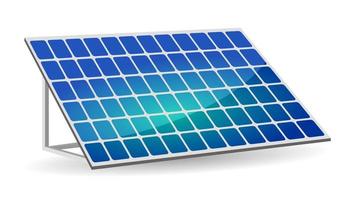
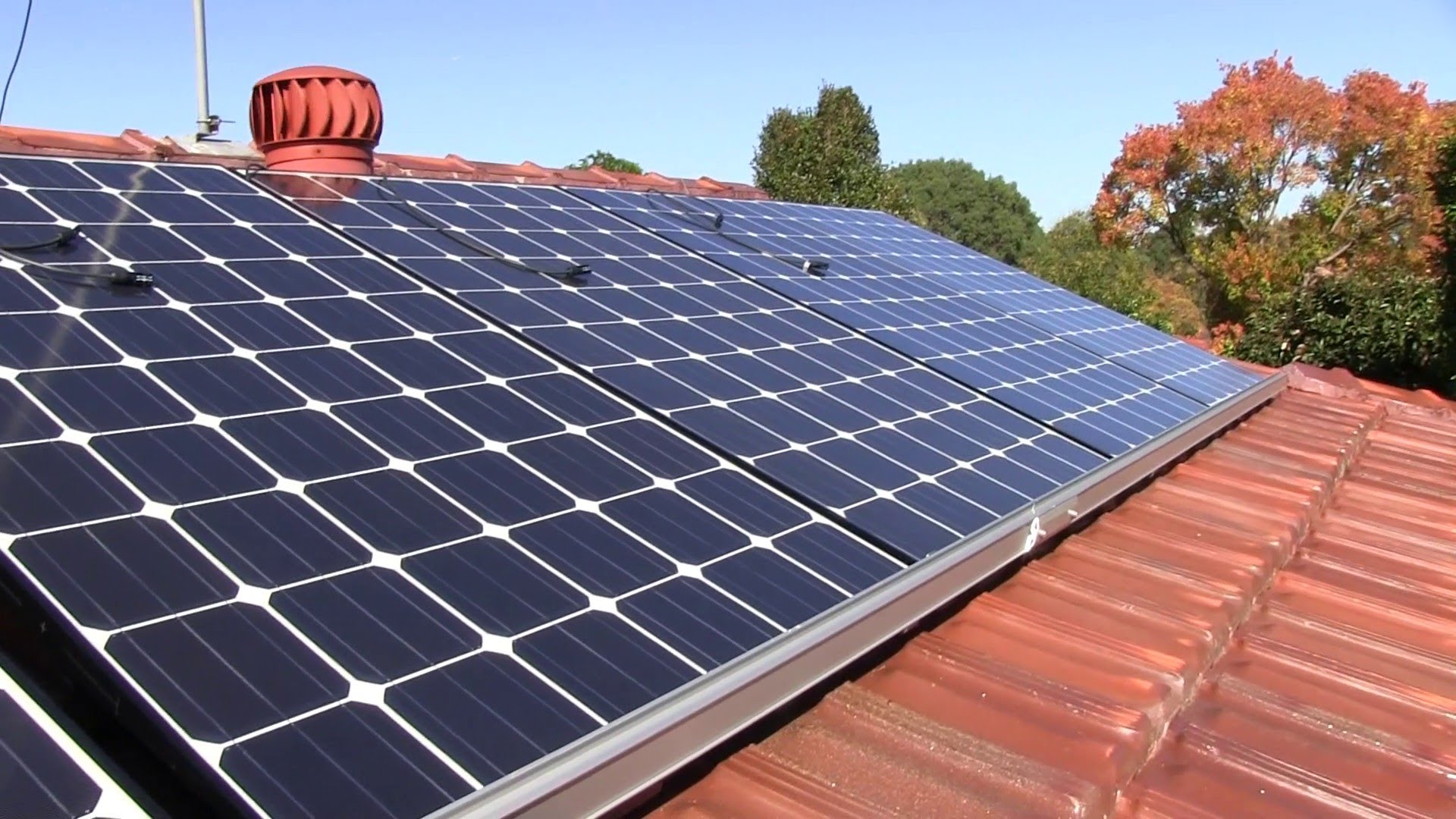
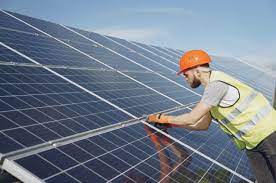
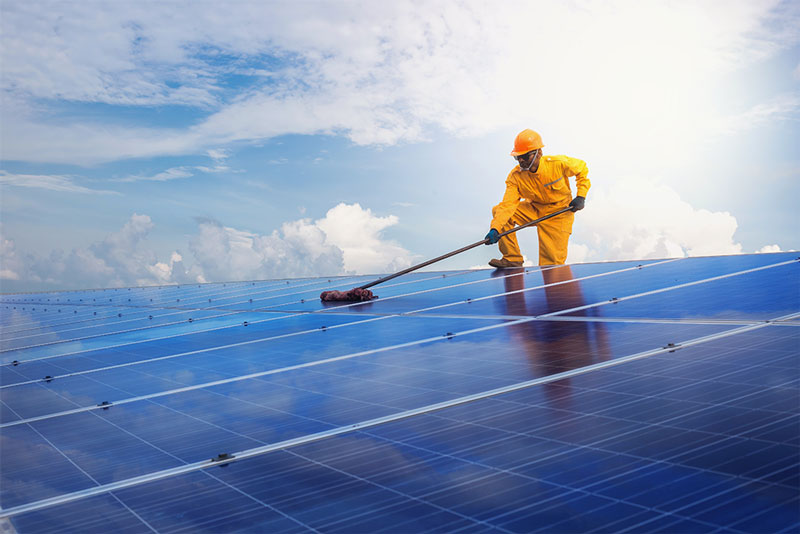
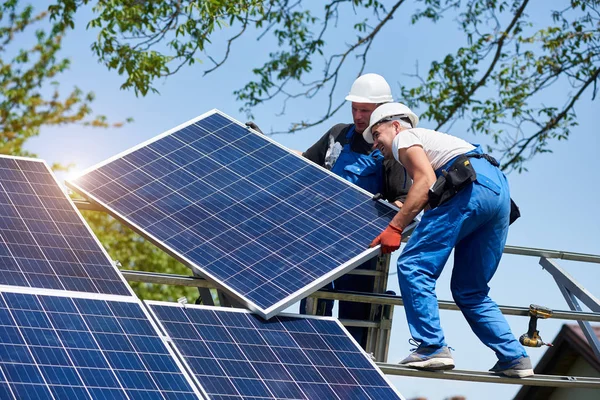
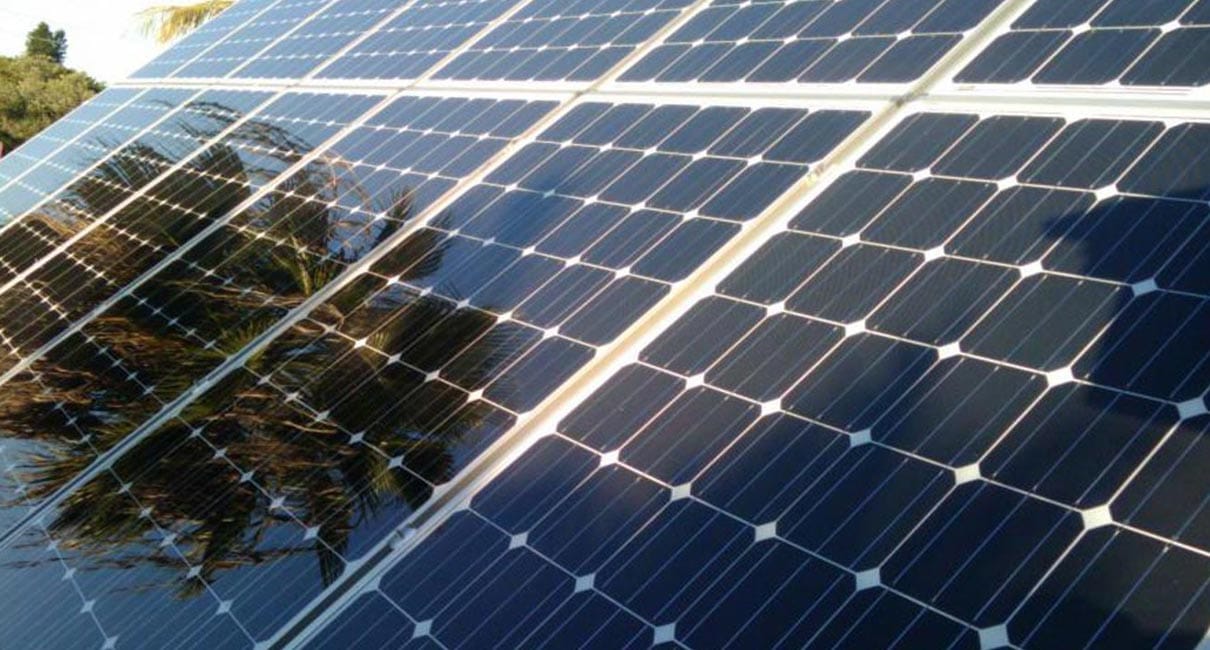
 Panel Design & Construction
Panel Design & Construction Positioning & Angle Of Panel Installation
Positioning & Angle Of Panel Installation Pitch Of Roof
Pitch Of Roof Temperature
Temperature Shade
Shade